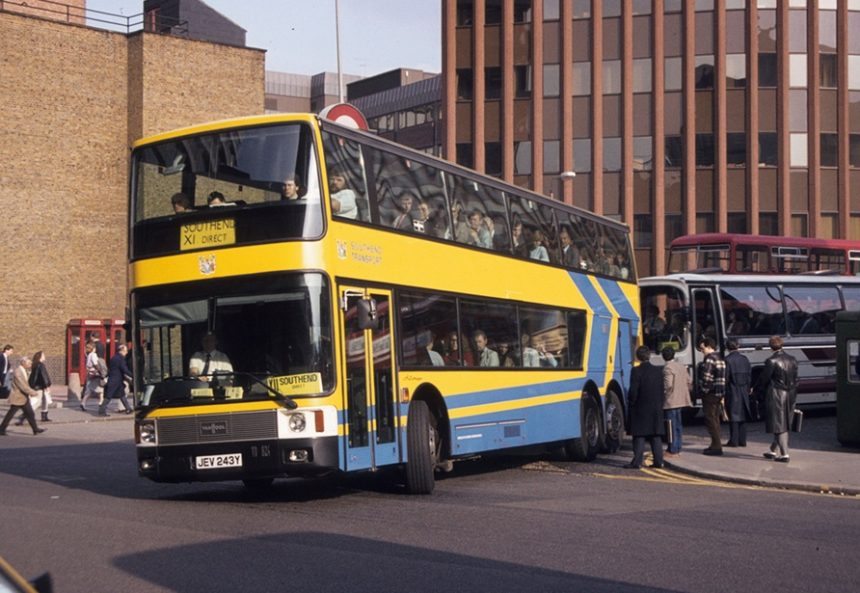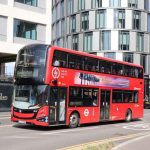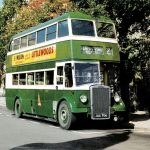What was in its heyday one of the most frequent scheduled coach services ever to operate is celebrated in a book remembering the now-defunct X1 route between Southend-on-Sea and London, written by Richard Delahoy.
X1 Southend to London traces how the route boomed after deregulation of the express coach market in 1980. Municipal operator Southend Transport was quick to exploit a combination of those new freedoms and poor service quality on the parallel rail route.
Until 1982, the X1 ran across London to Reading and was operated jointly with fellow municipal Reading Transport.
From there, aided by rail strikes in the summer of that year, it morphed into what it is best remembered as: A high-frequency, heavily peaked commuter route between the capital and Southend, with occasional extensions to Heathrow Airport and an almost-24-hour timetable.
“Poor reliability of the Fenchurch Street rail line helped, but the South Essex corridor was far from alone in seeing massive growth in commuter coach traffic in the mid-1980s,” Mr Delahoy recalls. “It was driven not just by poor rail services but by price and convenience, especially from housing areas a distance away from the nearest rail station.”

The book traces the full life of the X1 from its early ambitions and is the result of many years of research including interviews with most senior managers involved from inception in 1980.
Mr Delahoy notes that the publication aims not just to act as a record, but to explain how and why, an aspect that he believes is not always present in transport books.
In setting context it spans 101 years and offers an honest, objective and sometimes critical assessment of decisions that saw the X1 reach unsustainable highs and almost bankrupt Southend Transport, which was sold to British Bus in 1993 and is now part of Arriva.
The author adds that such was the height of the commuter peak compared to demand at other times, the X1 resulted in significant losses for Southend Transport that ultimately led to a large scaling back of the route.
Competition came from Badgerline-owned Thamesway – now First Essex – but the two operators eventually offered a joint service in a declining market as rail provision improved. First later pulled out, and Arriva followed in 2002.
From there, other operators, including Stephensons of Essex, tried their hand before the last residual traces of the service disappeared in 2016.
The 284-page, 120,000-word book is supported by extensive endnotes and is fully indexed. Illustrations of publicity, timetables and tickets sit alongside a focus on the coaches used, perhaps the highlight of which were six early Van Hool Astromega double-deckers bought when the service was at its peak.

One of those is today in the hands of the Newman family, former owners of Ensignbus, resplendent in its X1 livery and understood to be the last of the Southend Astromegas to survive. It was test driven by routeone during 2018.
Mr Delahoy has dedicated the book to the memory of the late Derek Giles, Southend Transport Traffic Superintendent and the person who drove the development and growth of the X1 for its first seven years. Copies can be purchased online priced at £35 including post and packing, with payment taken via PayPal.


























